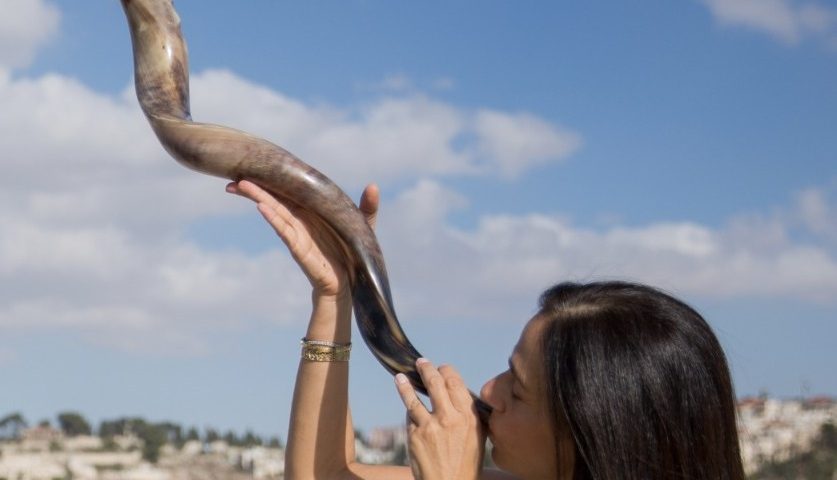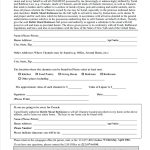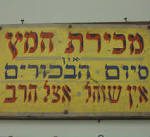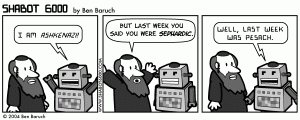It’s a familiar feature of Rosh Hashanah observance, but let’s review.
The Mishnah (Rosh Hashanah 4:9) informs us that we are obligated to hear a minimum of nine blasts of the shofar on the New Year. The Talmud (B. Rosh Hashanah 33b-34a) derives this law from the Torah verses that speak of the shofar blasts during the month of Tishri (Numbers 29:1, Leviticus 25:9, and Leviticus 23:24): three times we are to hear the series t’kiah-t’ruah-t’kiah, for a total of nine blasts. So far so good – everybody agrees on the nature of this requirement. But then the consensus breaks down. While it’s obvious that t’kiah is a simple one-blast sound of the shofar, there’s a disagreement as to what, exactly, the Torah means by t’ruah. What should we do about it? The Shulḥan Arukh explains (Oraḥ Ḥayyim 590:2):
תרועה זו האמורה בתורה, נסתפק לנו אם היא היללה שאנו קורים תרועה, או אם היא מה שאנו קורים שברים, או אם הם שניהם יחד. לפיכך, כדי לצאת ידי ספק צריך לתקוע תשר”ת ג’ פעמים, ותש”ת ג’ פעמים, ותר”ת ג’ פעמים
We are uncertain as to exactly what the Torah means by t’ruah. Perhaps it is the wailing sound that we (customarily) call t’ruah; perhaps it is what we call sh’varim; perhaps it is both, together. Therefore, in order to remove all doubt (that we are fulfilling the mitzvah) we must sound t’kiah-sh’varim/t’ruah-t’kiah three times, t’kiah-sh’varim-t’kiah three times, and t’kiah-t’ruah-t’kiah three times.
Our passage, in other words, deals head on with the uncertainty… and refuses to resolve it! It does not demand that we determine the one correct way to sound the shofar. It instructs us rather to follow both opinions, most obviously in order to make sure that “we’re doing it right,” but also – and we think primarily – to affirm the potential for truth in both sides of the maḥloket (dispute). Why decide between two perfectly good right answers when we don’t have to? This doesn’t always happen, of course. Frequently, halakhists subject the texts to close analysis in order to determine just which side of a disagreement is “right.” And no wonder: sometimes, on some issues, we simply cannot accommodate the existence of conflicting alternatives, and we have to decide between the available choices. But this text, this detail of Jewish religious observance reminds us that the halakhic tradition is capable of tolerating a good deal of ambiguity, an absence of definitive answers. The proper name for this is halakhic pluralism,[1] a state of affairs that permits us to study Torah on our own and to arrive at our best understandings of the texts without having to bow to some rabbinical establishment’s version of the right interpretation and “the” correct answer.
Such, at any rate, is how we at the Freehof Institute prefer to study the halakhah. And, we think, it’s a pretty good thought to keep in mind as the sound of the shofar greets the dawn of a new year.
____________________________________________
[1] Of which the picture above is a clear example.




